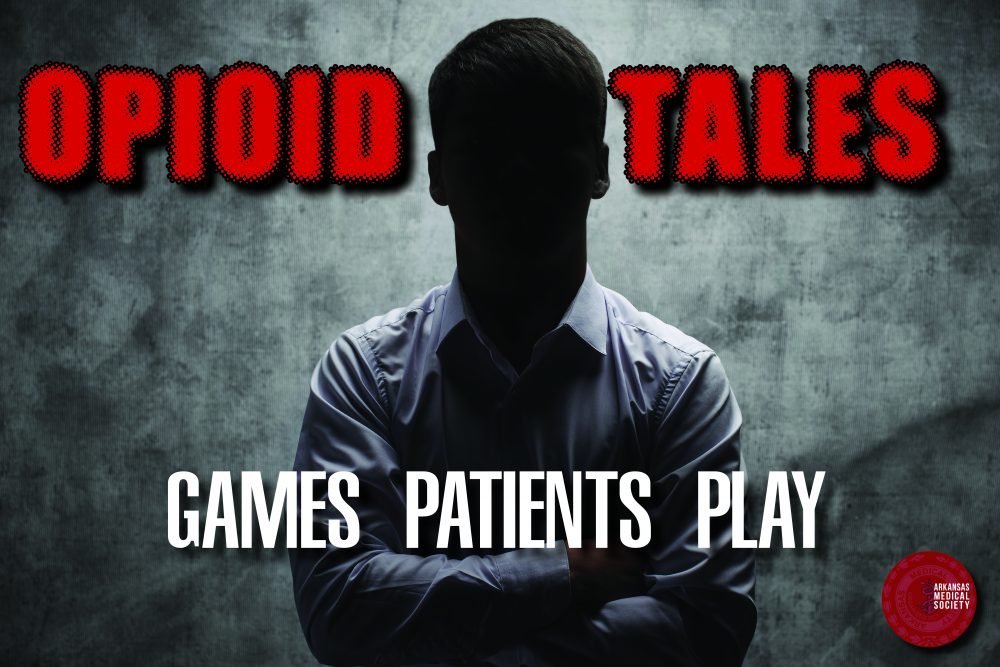

Shabana Khan, who chairs the American Psychiatric Association's telepsychiatry committee. "We have been able to reach populations that otherwise wouldn't have been able to access this care," says Dr.

There were more than 38,000 public comments - many of them from doctors and patients who argued that reverting to the old rules would cut off access to care that patients have come to rely on over the last three and a half years.

That controversial proposal, announced in February by the DEA, drew an enormous response. The agencies had previously planned to roll back that allowance and reinstate the in-person visit requirements for patients seeking a prescription. Most critically, that will mean there will be no requirement of an in-person visit in order to get a prescription. This week, the agencies announced they are keeping in place, for another six months, the pandemic-era rules that let doctors prescribe controlled substances using telehealth. The federal declaration - and the pandemic policies tied to it - officially ends on Thursday, but patients may not see any big changes in the care they receive via telehealth, at least not yet.įederal policymakers are allowing these more expansive telehealth services to remain in place temporarily, thanks in part to a last-minute about-face by the Drug Enforcement Administration (DEA) and the Substance Abuse and Mental Health Services Administration. Under relaxed regulations, patients could more easily connect by phone or Zoom to doctors many miles away, or get prescriptions from a specialist to treat conditions like ADHD or opioid use disorder. When COVID-19 was declared a public health emergency more than three years ago, it signaled the beginning of huge change for the health care industry. Facing public pressure, federal regulators have decided to let patients receive prescriptions for controlled substances via telehealth for at least another six months.


 0 kommentar(er)
0 kommentar(er)
